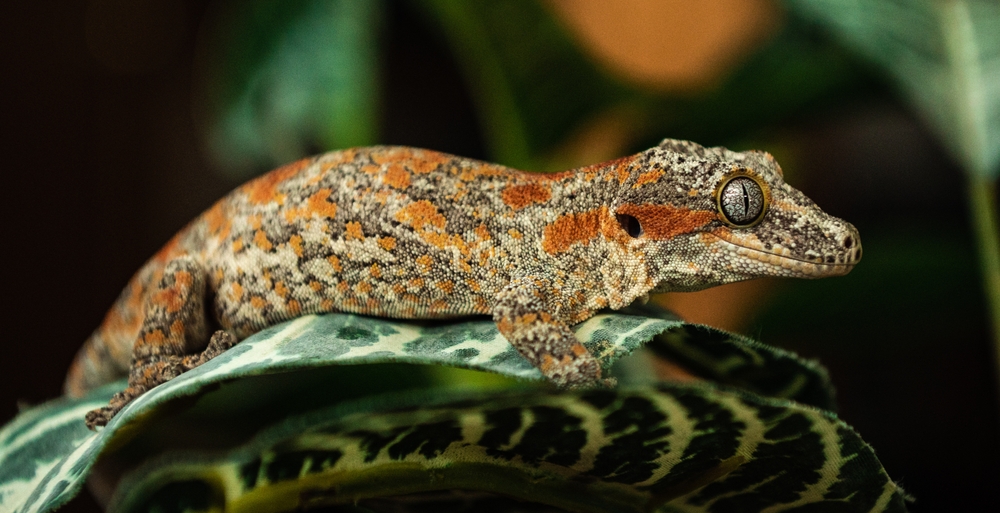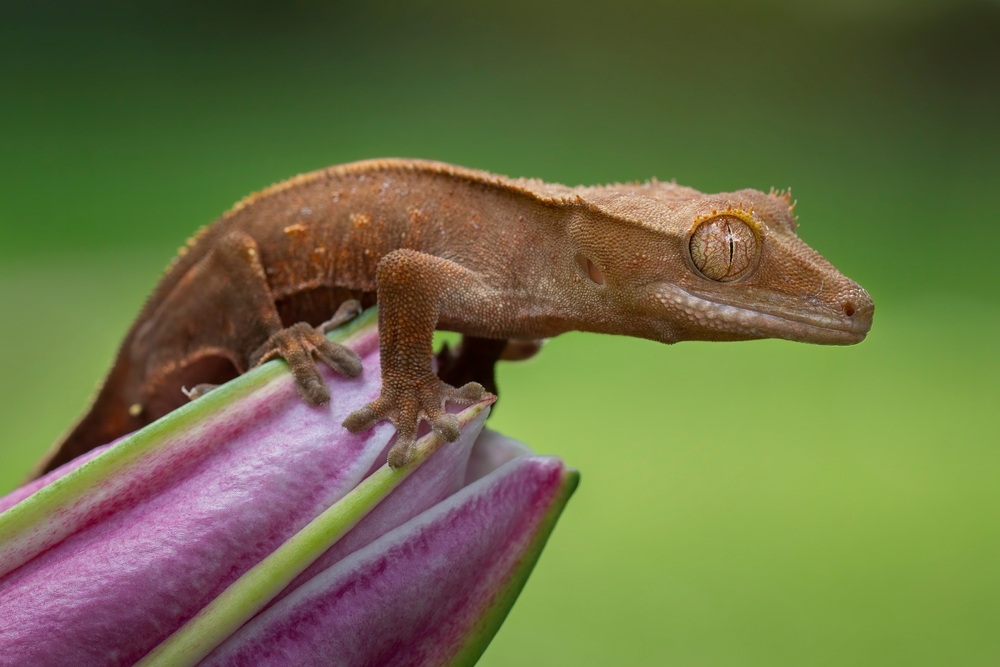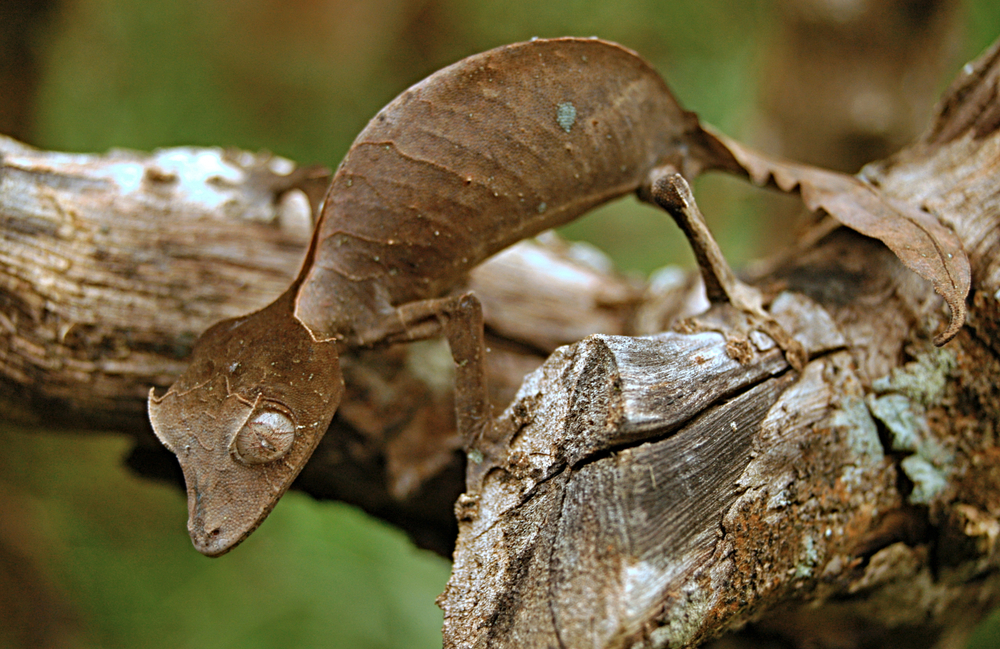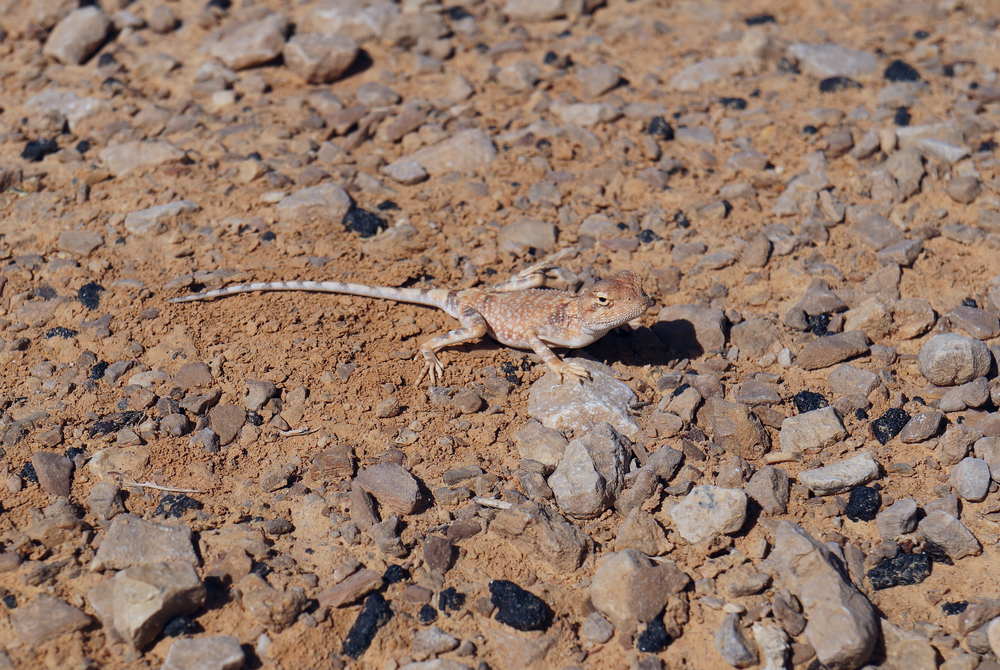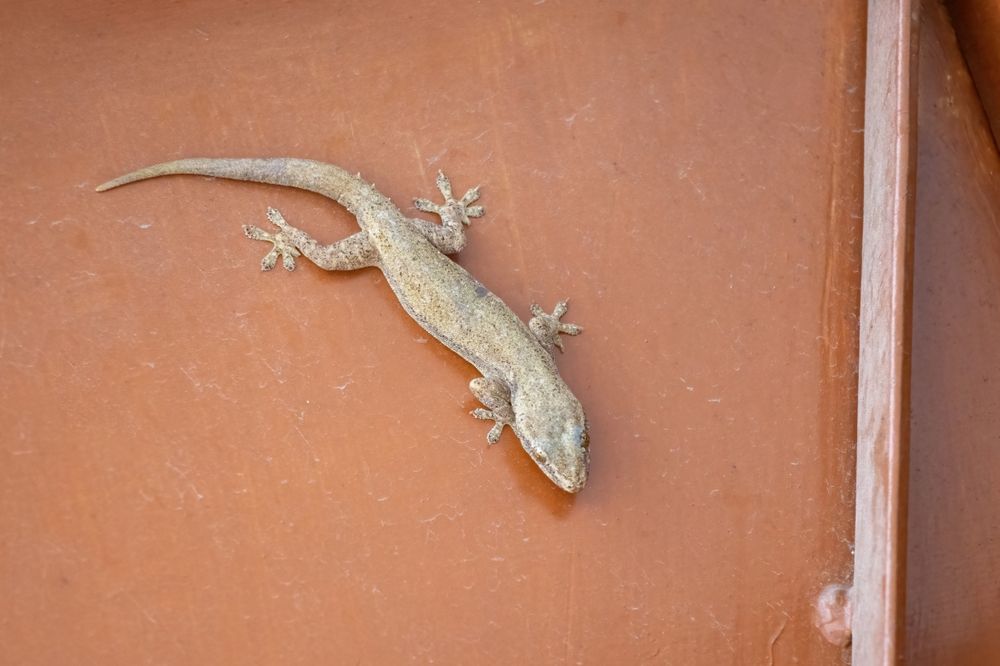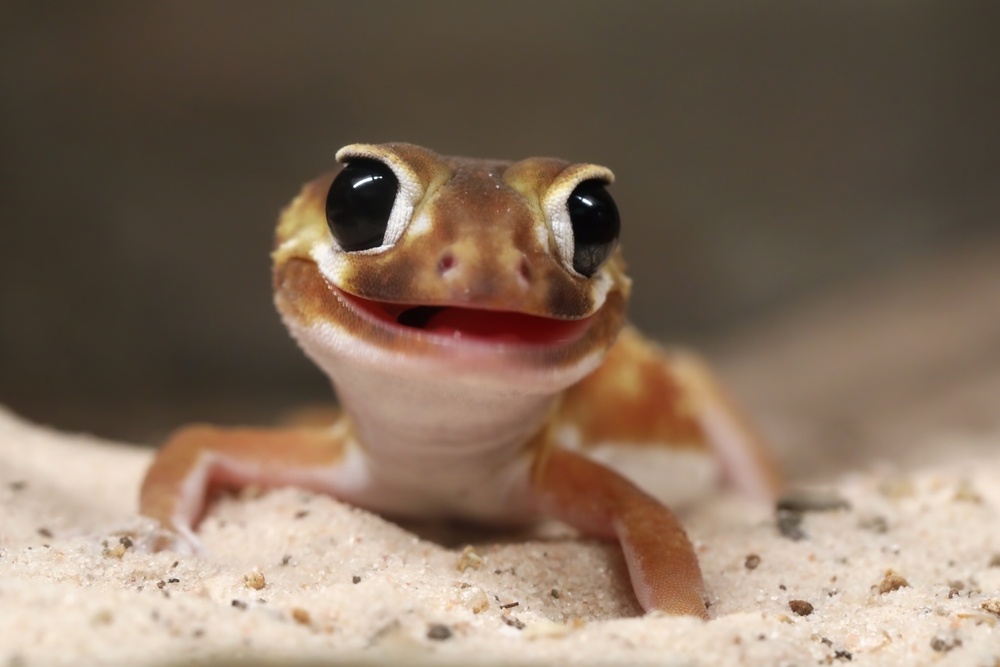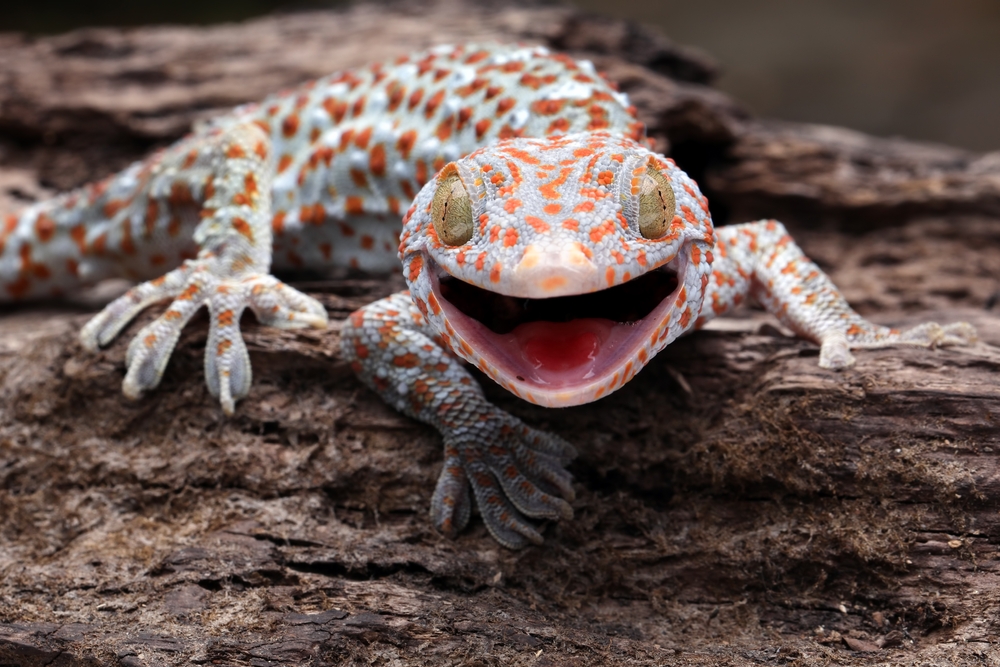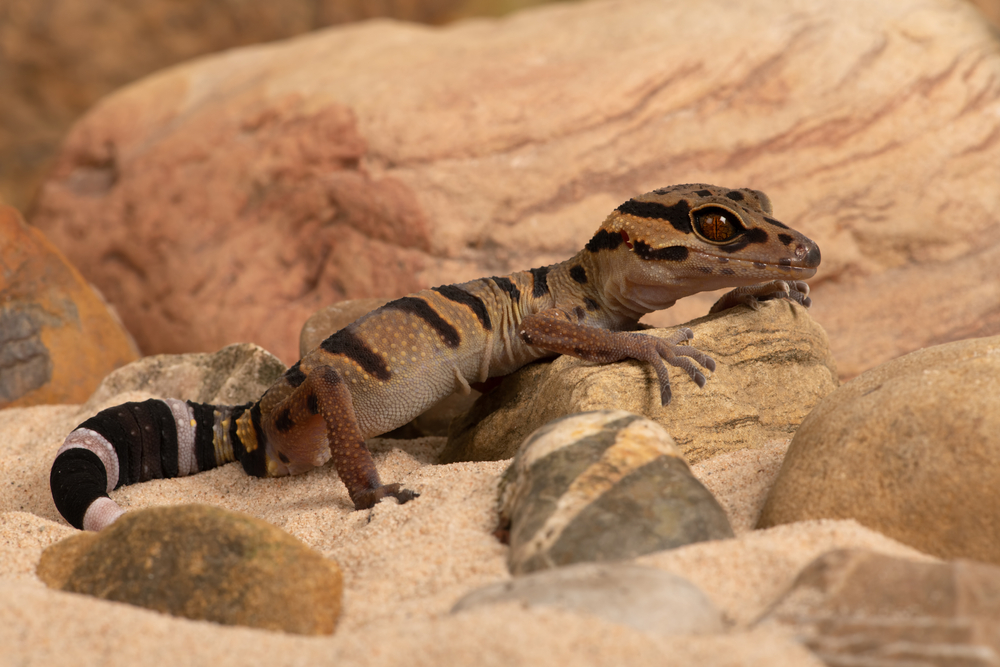Uniqueness
The Gargoyle Gecko stands out as one of the most prehistoric-looking and structurally unique geckos in the world. Native only to the forests of southern New Caledonia, it combines bony cranial ridges, a regenerating prehensile tail, and a high degree of vocal and visual communication—making it a distinctive member of the Rhacodactylidae family.
“Horned” Skull Structure:
The species is named for the raised cranial ridges that rise over the eyes and behind the head, resembling horns or gargoyle statues. These give the gecko a dragon-like profile not seen in any other New Caledonian reptile.
Tail That Regrows (Rare Among Rhacs):
Unlike Crested Geckos, whose tails do not regenerate, Gargoyle Geckos can drop and regrow their tails. This makes them the only Rhacodactylus species with regenerative tail capacity, a unique evolutionary trait among prehensile-tailed geckos.
Extensive Color and Pattern Diversity:
In captivity, Gargoyle Geckos are known for dazzling morphs, including red-striped, orange blotched, super stripe, and mosaic patterns. Their coloration is more variable and bold than in wild populations, making them prized in the pet trade.
Bark Mimicry and Camouflage:
In the wild, Gargoyle Geckos use cryptic patterning and subtle skin textures to blend in with tree bark, moss, and lichen. Their low-profile body and stillness make them difficult to detect in natural settings.
Vocal and Social Behaviors:
Though quieter than tokay geckos, Gargoyle Geckos can emit clicks, chirps, or growls during courtship or territorial disputes. Some individuals display interactive or alert behaviors, making them more expressive than many other arboreal geckos.
Endemic and Vulnerable:
With a restricted range in southern New Caledonia, this species faces threats from habitat loss, mining, and invasive species. Conservation measures are needed to protect wild populations, even as captive breeding thrives.
The Gargoyle Gecko’s prehistoric skull ridges, rare tail regeneration, bold personality, and cryptic beauty make it one of the most fascinating and distinctive geckos in the world—both in the wild and in captivity.



































































